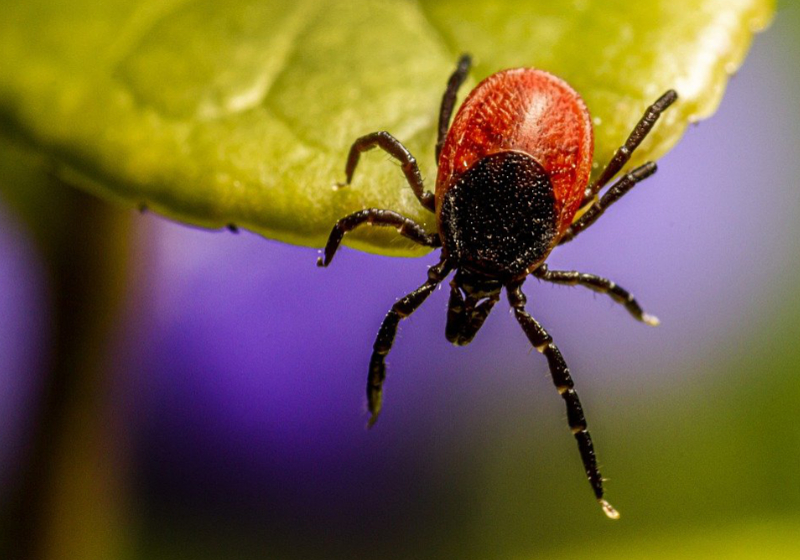
Photo provided
StatePoint Media - The overwhelming majority of opioid overdose deaths are due to illicitly manufactured fentanyl. Here’s what physicians at the American Medical Association (AMA) want you to know as the drug overdose and death epidemic continues to devastate communities nationwide:
• Opioid use disorder (OUD) is a treatable, chronic disease: Two-thirds of U.S. adults say either they or a family member have been addicted to alcohol or drugs, experienced homelessness due to addiction, or experienced a drug overdose leading to an emergency room visit, hospitalization or death, according to a KFF Tracking Poll. “Despite their prevalence, drug use disorders are the most stigmatized health conditions worldwide, impacting treatment and policy, and even individuals’ willingness to seek treatment,” says Bobby Mukkamala, MD, chair of the AMA Substance Use and Pain Care Task Force.
• Prescriptions are down, overdoses are up: The 2022 AMA Overdose Epidemic Report shows a 46.4% decrease in opioid prescribing nationwide in the past decade, in large part due to physician efforts to ensure appropriate prescribing, but also state laws and health insurer and pharmacy policies that deny opioid therapy to patients, even those that need it. Nevertheless, the nation’s drug overdose and death epidemic continues to worsen. According to the Food and Drug Administration (FDA), in the 12-month period that ended in February 2023, more than 105,000 people died from fatal overdoses that were primarily driven by synthetic opioids, like illicit fentanyl.
• Deaths are preventable: Centers for Disease Control and Prevention (CDC) data indicates that nearly 40% of all overdose deaths occur with a bystander present. For this reason, increasing the availability of opioid-related overdose-reversal medications will save lives. Thanks to advocacy from the AMA and other public health leaders, the FDA approved the first-ever over-the-counter naloxone product, and now pharmacies, supermarkets, convenience stores and gas stations are able to sell this safe, effective treatment. The AMA is urging retailers to price the medication responsibly and stock naloxone in prominent places. The AMA continues to urge health insurance companies to cover opioid overdose reversal medications at low- or no-cost.
• Preparation saves lives: Consider having naloxone or another overdose reversal medication on hand in case you witness someone overdosing. If you come across someone slumped over and showing signs of possible overdose, an overdose reversal medication is as easy to use as inserting it into the person’s nose and depressing the plunger. Don’t hesitate -- whether they’ve taken fentanyl or not, there’s no downside to giving naloxone when an overdose is suspected.
• Young people are dying: Among 14-18-year-olds, overdose deaths increased 94% from 2019 to 2020 and 20% from 2020 to 2021, according to the CDC. Physicians urge parents to talk to their children about alcohol, drugs and other substances.
“Making opioid overdose reversal medications widely available in educational settings can save young lives,” says Dr. Mukkamala.
The AMA urges schools and universities to stock the medications and let students know it’s available if necessary.
• Treatment works: Opioid use disorder is a treatable, chronic disease that can help individuals lead long, productive lives.
“Having an opioid use disorder requires medical help just like any other chronic disease,” says Dr. Mukkamala, who advises checking with your primary care provider if you have concerns or questions about how to get help. You also will need to talk with your insurance provider about coverage requirements and restrictions, which continue to be a barrier for many with an OUD.
• Risk can be reduced: If you receive opioid therapy or have an acute injury, talk with your physicians about the expected level of pain and optimal strategies for pain control. Safely and securely store your medications and remove unused and unwanted opioids and other medications from your home.
“We have to be honest that in order to truly reverse the overdose epidemic, much more work will need to be done to reduce stigmas and increase access to life-saving drugs,” says Dr. Mukkamala. “There is a way forward, and it requires a cooperative effort from all of us.”





